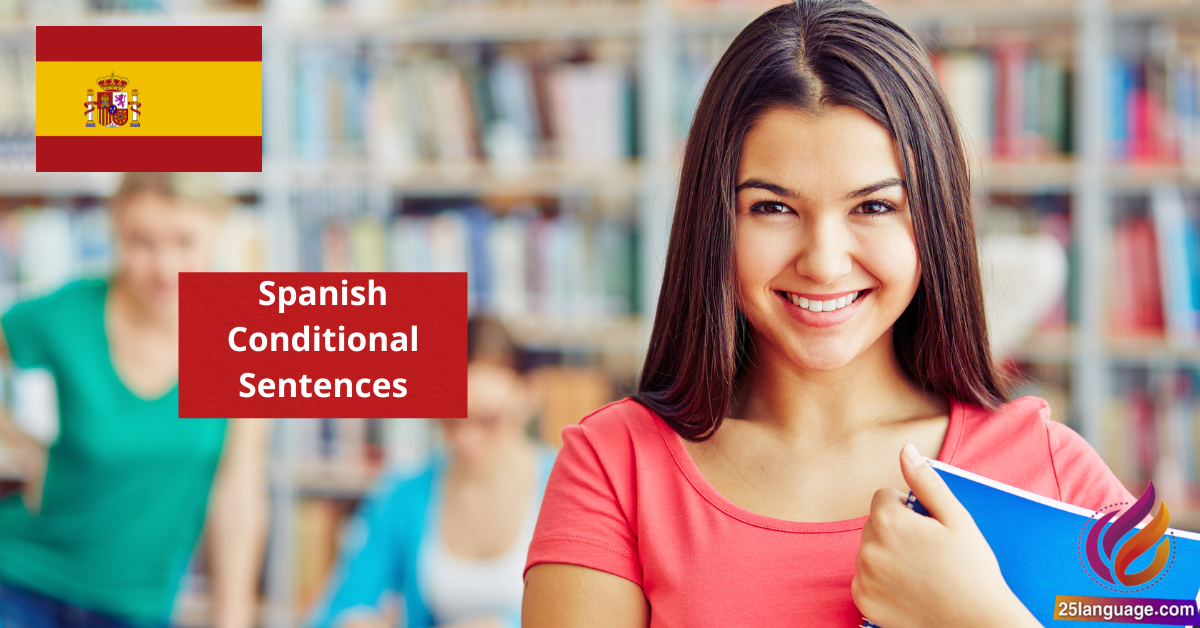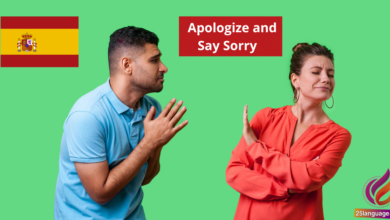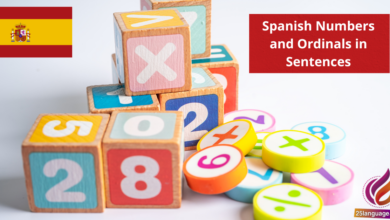Spanish Conditional Sentences

Imagine having the ability to express possibilities, dreams, adn hypothetical scenarios in Spanish, just like you do in English! In this lesson, we’ll unlock the magic of ‘si clauses’ or conditional sentences, which allow you to convey “if” situations in a compelling way. Whether you’re dreaming of future travels, discussing what could happen, or exploring various outcomes, mastering these structures will elevate your fluency and confidence in Spanish conversations. Let’s dive in!
Exploring the Essence of Spanish Conditional Sentences
Conditional sentences in Spanish express hypothetical situations and their possible outcomes. These sentences are generally formed using two clauses: the if-clause (la cláusula condicional) and the result-clause (la cláusula resultante). The if-clause usually uses the subjunctive mood in Spanish, while the result clause typically uses the conditional tense. Such as:
- If it rained (Si lloviera), we would stay home (nos quedaríamos en casa).
- If I had money (Si tuviera dinero), I would travel (viajaría).
To construct these sentences, it’s essential to understand the conjugations of the subjunctive and conditional tenses. The subjunctive form for ‘haber’ in the past is ‘hubiera’ or ‘hubiese’, and typical conditional endings include ‘-ía’, ‘-ías’, ‘-ía’, ‘-íamos’, and ‘-ían’ for regular verbs. Below is a table summarizing some examples:
| Spanish Example | Rule | English Translation |
|---|---|---|
| Si tuviera un coche, iría a la playa. | If-clause in subjunctive + Result-clause in conditional | If I had a car, I would go to the beach. |
| Si conocieras a juan, te gustaría. | If-clause in subjunctive + Result-clause in conditional | If you met Juan, you would like him. |
| Si estudiáramos más, sacaríamos mejores notas. | If-clause in subjunctive + Result-clause in conditional | If we studied more, we would get better grades. |
Understanding Si Clauses Through Clear Examples
Si clauses,or conditional sentences,are an essential part of Spanish grammar,allowing speakers to express possibilities and hypothetical scenarios. They generally consist of two parts: the ‘if’ clause (si) and the main clause. In Spanish, these clauses follow specific structures. The most common types include:
- Real conditions: These involve factual situations and use the present indicative in both clauses.
Example: Si llueve,no salgo. (If it rains, I won’t go out.) - Possible conditions: These refer to possible situations that use the imperfect subjunctive in the ‘if’ clause and the conditional tense in the main clause.
Example: Si tuviera dinero, viajaría. (If I had money, I would travel.) - Unreal conditions: These express unlikely or impossible situations and use the pluperfect subjunctive in the ‘if’ clause and the conditional perfect in the main clause.
Example: Si hubiera estudiado, habría aprobado. (If I had studied, I would have passed.)
| Spanish Example | Type of Si Clause | English Translation |
|---|---|---|
| Si estudias, apruebas. | Real Condition | If you study, you pass. |
| Si pudiera, iría a la fiesta. | Possible Condition | If I could, I would go to the party. |
| Si hubiera sabido, habría venido. | Unreal Condition | If I had known, I would have come. |
Practical Applications of Conditional Sentences in Everyday Conversations
Conditional sentences in Spanish often express what might happen under certain circumstances. There are mainly three types of conditionals: the first conditional (real possibility), the second conditional (unreal possibility), and the third conditional (past unreal situations). The structure typically follows the format of “si” (if) + present indicative for real possibilities, and “si” + imperfect subjunctive + conditional for unreal situations. For example:
- First Conditional:
- Si estudias,aprobarás el examen. (If you study, you will pass the exam.)
- Second Conditional:
- Si tuvieras un coche, irías a la playa. (If you had a car, you would go to the beach.)
- Third Conditional:
- si hubieras estudiado, habrías pasado el examen. (If you had studied, you would have passed the exam.)
| Spanish Example | Condition Type | English Translation |
|---|---|---|
| Si haces ejercicio, estarás saludable. | First Conditional | If you exercise, you will be healthy. |
| Si supieras la respuesta, me lo dirías. | Second Conditional | If you knew the answer, you would tell me. |
| Si hubieras llegado a tiempo, habríamos salido juntos. | third Conditional | if you had arrived on time, we would have left together. |
Mastering Conditional Structures for Effective Communication
In Spanish, conditional structures often express hypothetical situations or events that depend on certain conditions. The main conditional tense is formed using the infinitive form of the verb plus specific endings. To construct the conditional tense, use the following endings for all three verb groups (-ar, -er, -ir): -ía, -ías, -ía, -íamos, -íais, -ían.For example:
- Yo hablaría con ella si tuviera tiempo.(I would talk to her if I had time.)
- Tú comerías en ese restaurante si tuvieses la oportunidad. (You would eat at that restaurant if you had the chance.)
In addition to the simple conditional, Spanish also utilizes the conditional perfect to express what would have happened under different circumstances.It combines the conditional of the auxiliary verb haber with the past participle of the main verb. The structure is as follows: habría, habrías, habría, habríamos, habríais, habrían. here are some examples:
| Spanish Example | English Translation |
|---|---|
| Yo habría ido a la fiesta. | I would have gone to the party. |
| Tú habrías estudiado más si lo supieras. | You would have studied more if you had known. |
Final Thoughts
Conclusión
¡Felicidades! Has llegado al final de nuestra lección sobre las oraciones condicionales en español,también conocidas como “si clauses”. Hoy hemos explorado cómo funcionan estas estructuras gramaticales y cómo pueden ayudarte a expresar situaciones hipotéticas, deseos o consecuencias lógicas.
Recuerda que hay tres tipos de oraciones condicionales: las de primer tipo, que se utilizan para situaciones reales y posibles; las de segundo tipo, que expresan situaciones hipotéticas; y las de tercer tipo, que se centran en situaciones pasadas que no ocurrieron. Al dominar estas estructuras, no solo mejorarás tu comprensión del español, sino que también podrás comunicarte de manera más efectiva y creativa.
Te animo a que sigas practicando. Intenta crear tus propias oraciones condicionales, ya sea hablando o escribiendo. Piensa en situaciones de tu vida diaria donde puedas usar estos patrones. Cuanto más practiques, más cómodo te sentirás.No olvides que aprender un nuevo idioma es un viaje emocionante que requiere paciencia y perseverancia. ¡Sigue adelante y no dudes en explorar más sobre el español! Estoy seguro de que cada paso que tomes te acercará un poco más a la fluidez. ¡Hasta la próxima,y mucho éxito en tu aprendizaje!





























